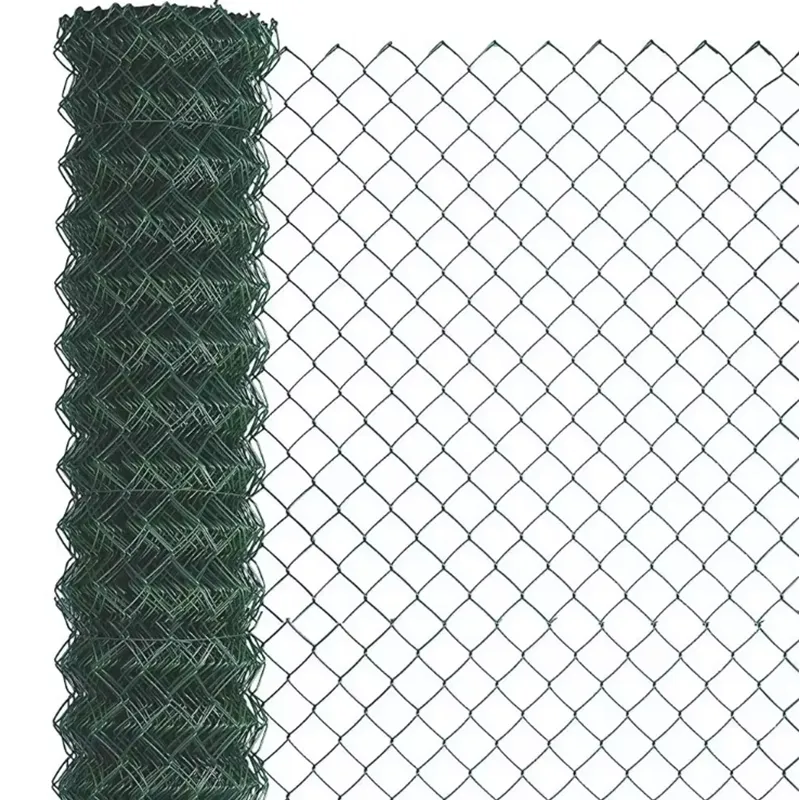-
 Phone:
Phone: -
 Email:
Email:

Exploring the Uses and Benefits of Barbed Wire and Razor Wire for Security Fencing Solutions
Barbed Wire and Razor Wire A Study in Security and Innovation
Barbed wire and razor wire have become synonymous with security in modern society. These fencing materials not only deter unwanted intruders but also embody a significant evolution in the field of perimeter protection. To understand the importance of these materials, we must delve into their history, composition, functionality, and various applications.
Barbed wire was invented in the late 19th century by Joseph Glidden, who sought to address the challenges faced by cattle ranchers in the American Midwest. The typical wooden fences were inadequate for managing livestock, leading to significant loss of animals and profits. Glidden’s invention featured sharp points placed at intervals along a strand of wire, creating an effective barrier that was cost-effective and easy to install. This innovation not only revolutionized farming practices but also set the stage for the widespread use of barbed wire as a fencing solution.
Barbed Wire and Razor Wire A Study in Security and Innovation
One of the defining characteristics of both barbed and razor wire is their ability to provide a cost-effective security solution. They are relatively inexpensive to produce and install compared to modern surveillance technologies, making them accessible to a broad range of users, from private property owners to large corporations and government facilities. Furthermore, the materials used in creating these types of wire, often galvanized to resist corrosion, enhance their longevity and efficacy in diverse weather conditions.
barbed wire razor wire

The functionality of barbed and razor wire extends beyond simple deterrence. In many applications, these materials are combined with other security measures, such as fencing systems and alarm systems, forming a multilayered security approach. This integration enhances overall protection, creating fortified perimeters that are difficult to penetrate.
In addition to their practical applications, barbed and razor wire have also made their way into cultural and artistic expressions. Their imagery is often used to symbolize confinement and restriction, representing themes of imprisonment and vulnerability. Artists and filmmakers frequently employ these visuals to evoke emotions tied to fear, danger, and the struggle for freedom.
While barbed wire has historically been associated with agricultural use, its modern iterations have been adapted for urban environments as well. Razor wire can be found topping fences around commercial properties, construction sites, and even residential complexes where security is a priority. However, the use of such fencing materials is also subject to legal and ethical considerations. Communities often debate the implications of using barbed and razor wire, questioning whether they contribute to social divisions or promote a culture of fear.
In conclusion, barbed wire and razor wire are more than just physical barriers; they represent a significant aspect of our collective approach to security and safety. Through their historical evolution and practical applications, these materials have embedded themselves deeply into various facets of society. As we move forward into an increasingly complex world, the role of such security measures will continue to evolve, blending innovation with the need for protection in our communities. Whether in a rural setting or an urban landscape, barbed and razor wire remain critical components of our security infrastructure, challenging us to consider their implications beyond mere functionality.
-
Wire Mesh for Every Need: A Practical SolutionNewsJul.25,2025
-
Steel Fences: Durable, Secure, and Stylish OptionsNewsJul.25,2025
-
Roll Top Fencing: A Smart Solution for Safety and SecurityNewsJul.25,2025
-
Cattle Farm Fencing Solutions for Maximum SecurityNewsJul.25,2025
-
Affordable Iron Binding Wire SolutionsNewsJul.25,2025
-
Affordable Galvanized Wire SolutionsNewsJul.25,2025
-
Wire Hanger Recycling IdeasNewsJul.25,2025








